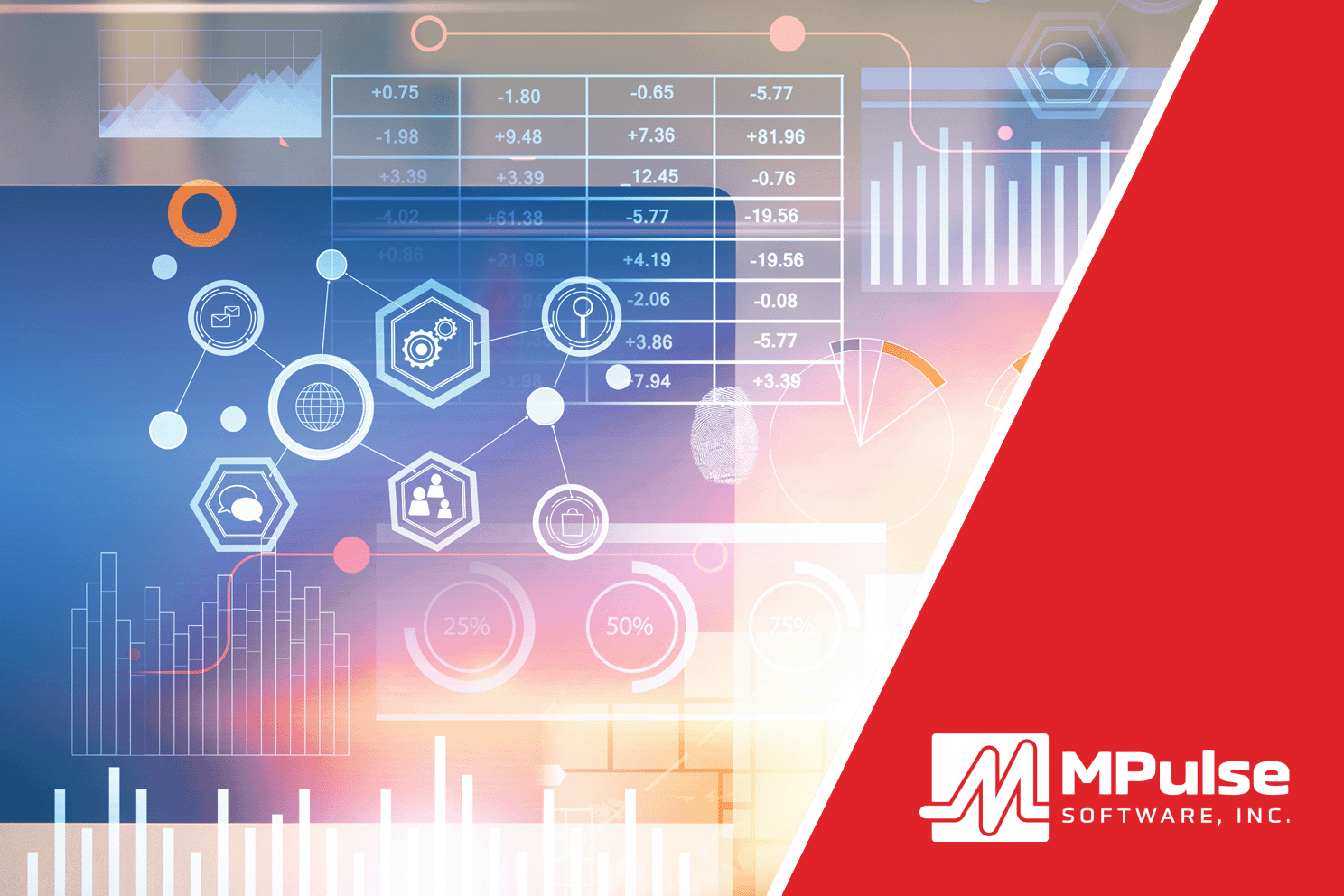Basic CMMS software won’t be enough for many maintenance organizations. Unlock advanced CMMS features to experience maximum benefit.
You’ll often save money by purchasing a premium edition that includes advanced features instead of adding them to your software one at a time.
Use this list to find a comprehensive CMMS solution with advanced features to meet your organization’s unique requirements.
Table of Contents
List of Advanced CMMS Features
Implementing these features helps your organization reap all the advantages of CMMS software. They include…
Advanced Reporting
Advanced reporting supports customizable list view and graphical reporting. However, many basic CMMS packages only offer “canned” reports in tabular format. One of the biggest benefits of CMMS implementation is the ability to customize your reports or create graphical views.
Cost Center Tracking
Cost center tracking allows you to group assets and their associated maintenance costs into the cost center groupings you define. You can then create budgets for those cost centers to know how you’re performing against them for specific business or operational units.
Lifecycle Cost Tracking
Lifecycle cost tracking captures acquisition costs, as well as maintenance and repair costs over the life of an asset. Over time, this reflects the true cost of owning and operating an asset.
Application Interface Customization
Application interface customization allows you to tailor the navigation or layout of preventive maintenance software to meet your special needs. For instance, one of the most effective means is the ability to add custom tabs and fields to capture data that’s unique to your operation.
Data Integration
Data integration tools make it possible for a CMMS to share and receive data with other applications. Leading software vendors will offer a data integration toolkit that allows you to map and schedule data transfers and from numerous data sources outside the application. For example, these include spreadsheets, other databases, ERP systems, accounting systems, PLCs, electronic meters, and more.
Purchasing
Purchasing monitors work orders, reorder lists, and requisition records to automatically create new requisitions as needed. It also allows you to easily track orders and requisitions all the way through receiving and restocking.
Key and Lock Management
Key and lock management tracks when someone has accessed an asset or location. Also, use it to manage who is in possession of keys, smartcards, and electronic access badges.
Mobile
Mobile features use wireless technology, smartphones, tablets, and/or laptops to help you and your technicians manage, initiate, and complete work orders while you’re away from your desks or in the field.
Vendor Management
Vendor management provides one place to manage all your vendors and track their important information. Additionally, it should provide a direct link between vendors and work orders.
Advanced Inventory
Advanced inventory provides inventory management features beyond just tracking stocking levels. For example, typical features include min/max monitoring, reorder points, and advanced inventory reporting.
Have questions about all the ways CMMS can benefit your organization? Talk to the MPulse experts. We’re here to help.






